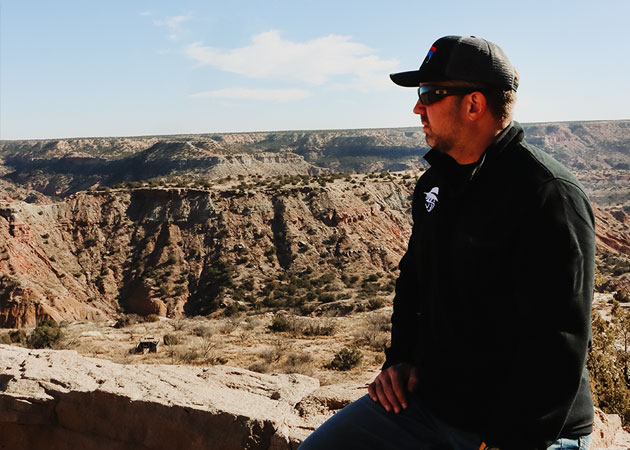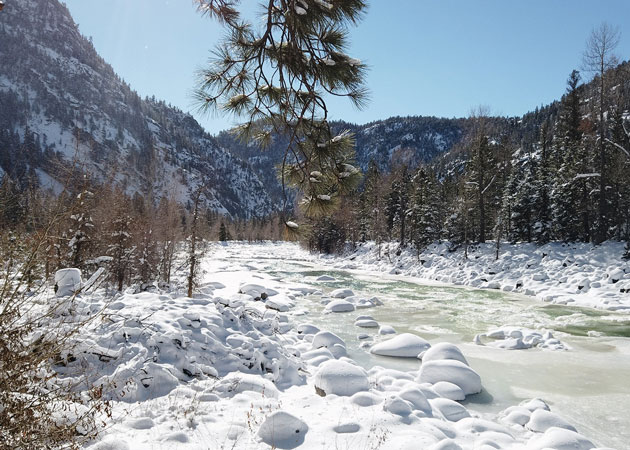Camp Wood in Real County, population 706 at the 2010 census, lies in the western part of the beautiful Texas Hill Country. Camp Wood is located on the Nueces River; the beautiful, crystal clear water is enjoyed by all! It is spring-fed, and the waters flow through the limestone bluffs of the Edwards Plateau as the river winds its way downstream some 315 miles all the way to the Gulf of Mexico. Some say it is the “Mother River of the Hill Country” since it feeds the Frio and Sabinal Rivers.
Called Chotilapacquen, the river was named “Nueces” by Alonso de León referring to the abundant pecan tree groves. From before the end of the Texas Revolution, Mexico recognized that the Nueces River was historically the border of Texas from the rest of the country. However, the Republic of Texas claimed the Rio Grande as its border with Mexico, citing the Treaty of Velasco signed by Mexican President Santa Anna, who agreed to the Rio Grande border after losing the Battle of San Jacinto. This dispute continued after the annexation of Texas and was one of the causes of the Mexican–American War. The Treaty of Guadalupe Hidalgo ended the dispute, with Mexico recognizing, under pressure, the Rio Grande as its northern border.
Texas road FM 337 between Camp Wood through Leakey and Vanderpool to Medina has been called “One of the fifteen most scenic spots in Texas” by Texas Highways, November 1998.
Camp Wood in Real County
Camp Wood received its name from the United States military outpost Camp Wood. The post was maintained there from 1857 to 1861. The Camp Wood town site officially was begun in 1920 by Uvalde Cedar Company workers who were moving cedar logs down the new Uvalde and Northern Railroad.
Real county
Real County is located on the Edwards Plateau, in an area of rolling terrain broken by the canyons of the Frio River. Because of raids by Comanche, Apache, and Lipan Apache Indians, white settlement was hindered until after 1881. Mission San Lorenzo de La Santa Cruz was founded by the Spanish in 1762 near present Camp Wood. The county was created on April 3, 1913, from Edwards, Kerr, and Bandera counties. it was named in honor of Julius Real (1860-1944), a prominent businessman and state senator. Leakey, the county seat, was established by John Leakey (1824-1900), a pioneer settler in the region.
Conclusion
Now is a good time for dealing in a Texas ranch as real estate values are strong.



